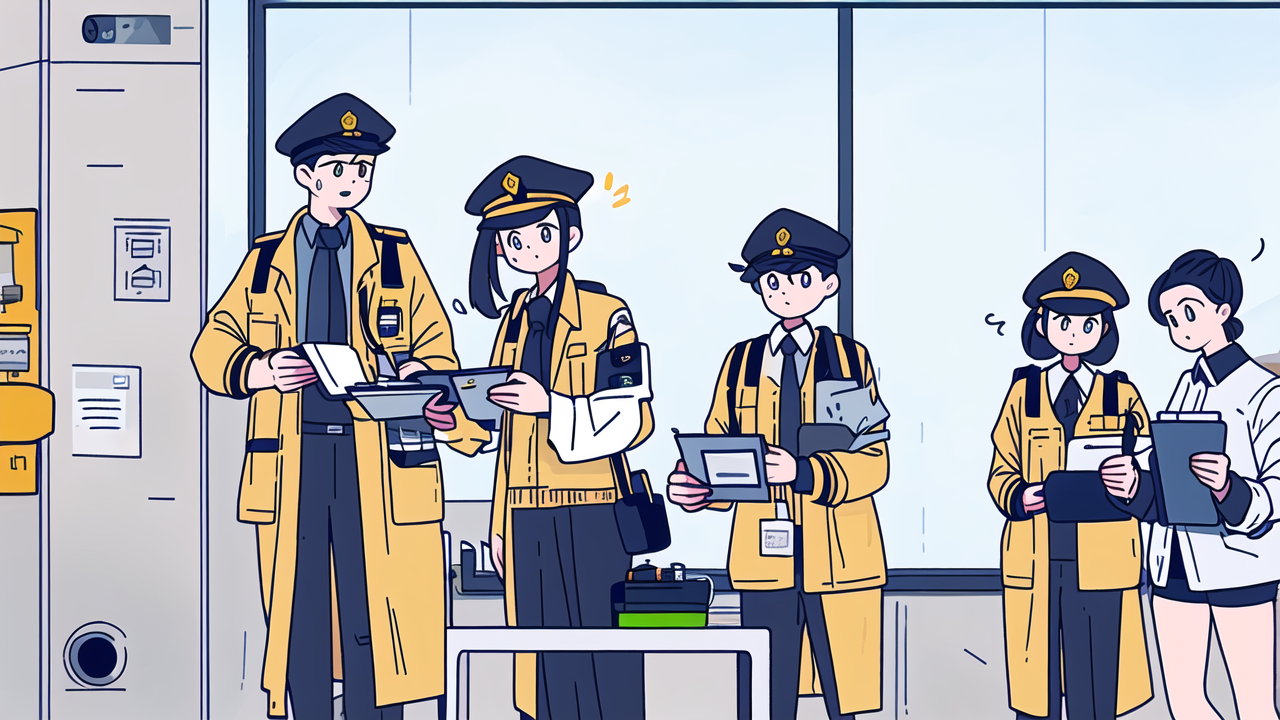The Evolution of Walkie-Talkies in Law Enforcement
Historical advancements in portable radio technology
The journey of walkie-talkies in law enforcement began in the mid-20th century. Early models were bulky and had limited range. They operated on basic radio frequencies and often faced interference issues.

As technology progressed, walkie-talkies became smaller and more reliable. The introduction of transistors in the 1960s was a game-changer. It allowed for more compact designs and improved battery life.
Digital technology in the 1990s brought clearer audio and better security. Encryption features were added to protect sensitive communications. Today's models offer GPS tracking and data transmission capabilities.
Adoption of walkie-talkies by American law enforcement agencies
American police departments started adopting walkie-talkies in the 1950s. Initially, only large urban forces could afford them. Smaller departments relied on car radios or phone booths for communication.
As costs decreased, more agencies incorporated portable radios. By the 1970s, walkie-talkies were standard equipment for most officers. They improved response times and officer safety.
Today, nearly every law enforcement agency in the U.S. uses walkie-talkies. They are essential tools for coordination and rapid information sharing in the field.
Impact of technological advancements on police communication
Technological advancements have revolutionized police communication. Modern walkie-talkies offer crystal-clear audio over long distances. They can connect to wider networks, enabling seamless communication between departments.
Integration with smartphones has expanded functionality. Officers can now receive text updates and access databases through their radios. GPS tracking helps dispatchers locate officers quickly in emergencies.
These improvements have enhanced situational awareness and officer safety. They allow for better coordination during large-scale operations and crisis situations.
Best Practices for Police Use of Walkie-Talkies
Training and protocols for effective use
Proper training is crucial for effective walkie-talkie use in law enforcement. Officers learn standard radio codes and protocols to ensure clear, concise communication. They practice using radios under various conditions, including high-stress situations.

Protocols cover proper radio etiquette, channel management, and emergency procedures. Officers are taught to keep messages brief and to the point. They learn how to relay critical information quickly and accurately.
Regular refresher courses keep officers up-to-date with new features and best practices. Scenario-based training helps them apply these skills in realistic situations.
Integration with other law enforcement technologies
Modern police walkie-talkies are part of a larger technological ecosystem. They often integrate with body cameras, in-car computers, and dispatch systems. This integration allows for seamless information flow between different devices and systems.
For example, when an officer activates their body camera, it can automatically trigger the walkie-talkie to start recording audio. GPS data from the radio can be linked to incident reports and evidence management systems.
Some agencies are experimenting with voice command features. These allow officers to control their radios hands-free, enhancing safety during high-risk situations.
Maintaining and caring for police walkie-talkies
Proper maintenance is essential for ensuring walkie-talkie reliability. Departments typically have strict protocols for radio care and upkeep. This includes regular battery checks and replacements to prevent power failures in the field.
Officers are trained to protect their radios from harsh weather conditions. Waterproof cases and protective covers are often used. Regular cleaning prevents dust and debris from affecting performance.
Technical staff perform routine checks and software updates. They also handle more complex repairs and replacements when needed. Proper care extends the life of these vital tools and ensures they're ready when needed most.
The Future of Walkie-Talkies in Public Safety
Emerging technologies in law enforcement communications
The future of police walkie-talkies is closely tied to broader technological trends. 5G networks promise faster data speeds and more reliable connections. This could enable real-time video streaming and augmented reality features through radio devices.

Miniaturization continues to make radios smaller and more versatile. Some prototype designs integrate walkie-talkies into other equipment, like body armor or helmets. This could reduce the number of devices officers need to carry.
Advancements in battery technology may lead to longer-lasting radios. Some researchers are exploring energy harvesting techniques to extend battery life even further.
The role of AI and Machine Learning
Artificial Intelligence and Machine Learning are set to play a bigger role in police communications. AI-powered voice assistants could help officers access information hands-free. They might provide real-time language translation or transcribe radio chatter into text.
Machine Learning algorithms could analyze radio traffic patterns. This could help identify potential issues or optimize channel usage. AI might also assist in prioritizing messages during high-volume situations.
Some futurists envision AI systems that can understand context and provide relevant information automatically. This could help officers make better-informed decisions in rapidly changing scenarios.
Preparing for the next wave of change in police equipment
As technology evolves, police departments must prepare for significant changes. This involves not just acquiring new equipment, but also updating training programs and operational procedures.
Cybersecurity will become increasingly important as radios become more connected. Departments will need to invest in robust security measures to protect sensitive communications.
Interoperability between different systems and agencies will be crucial. Standards and protocols may need to evolve to ensure seamless communication across jurisdictions and technologies.
Adapting to these changes will require ongoing education and flexibility. Departments may need to rethink budgets and procurement strategies to keep pace with rapid technological advancements.
The future of police walkie-talkies is exciting and full of potential. As these tools evolve, they will continue to play a vital role in keeping officers and communities safe.


